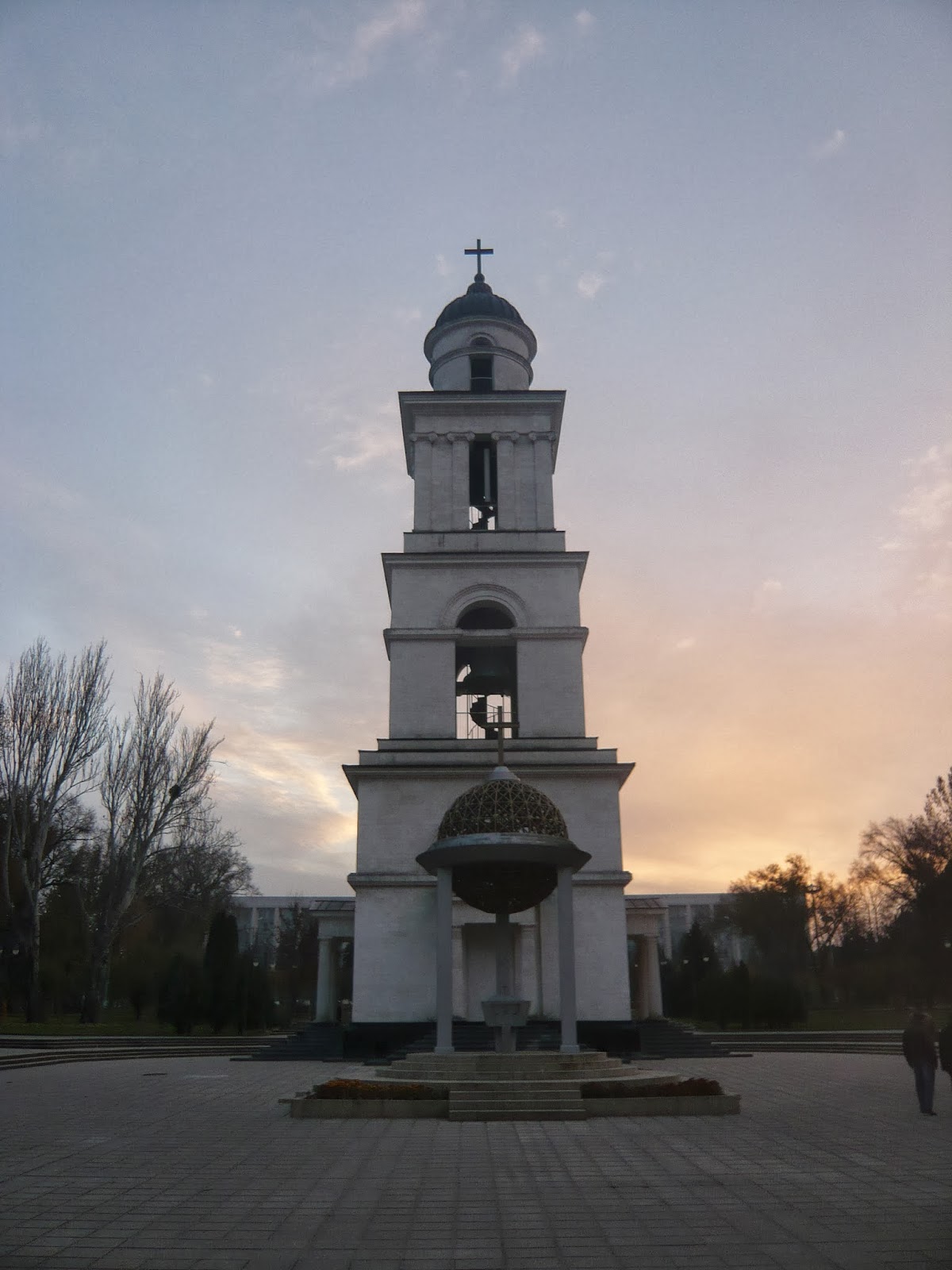 |
| Hotel Planeta |
Belarus was a difficult country to visit. I was on nodding terms with the Embassy in London before they finally granted me a visa. Direct flights are expensive but there’s a cheap backdoor entrance via budget airlines & a bus trip over the border from Lithuania. Minsk was the grey city at Belarus’s heart, frozen in a Soviet timewarp & a fascinating experience. I stayed at the Hotel Planeta, a town-edge monolith. Prowling the lobby were ladies in short skirts & heavy make-up, eager for eye contact. I slalomed through, head-down and ran for the lift. Later my room-phone rang and a female voice whispered unknown Russian. “Sorry?” I said, at which point she switched to English and suggested a “private relaxing massage”. She was one of the few people in Minsk who spoke good English. I declined her offer.
Belarus was almost completely destroyed in the second-world war, the whole country transformed into a vast battlefield. Minsk’s large Jewish population was squeezed into ghettos and then annihilated. City monuments reflect the horror and sadness; a straggling Auschwitz-bound line clinging to small suitcases & maternal tears for those who fell later in Afghanistan.
 |
| Trinity Suburb |
The post-war city was rebuilt from scratch on Stalin’s watch, with wide boulevards & blockend murals of muscle-honed patriots. Everywhere there is concrete, grey & stained. Functional architecture drains the place of colour & I never saw a blue sky in Minsk. Only Trinity Suburb was different, a 1980s rebuild of the medieval old town where pastel shutters and decorated brickwork added an organic respite to the monochrome of Soviet Minsk. The tight string of streets looked more like the Belarus of Marc Chagall with gabled roofs and uneven cobbles and Trinity looked across the river to ribbons of green parkland.
I found Minsk oppressive at first, but then began to notice the welcome intrusion of human nature; traditional dancers harmonising folk ballads by the theatre, quirky sculptures decked with flowers and a wedding party spilling onto the streets drinking straight from bottles of Champanska.
 |
| Metro artwork |
Belarus is one of the last dictatorships in Europe; ruled by a president elected with improbable majorities. Lenin still stood proudly outside Parliament and the KGB HQ was on the main shopping street. Even Lee Harvey Oswald made Minsk his home. The KGB bugged his apartment but couldn’t work out his motives & were as surprised as anyone when he changed the course of history. Belarus still leans towards Russia and turns subsidized gas imports into lucrative export capital. Iconic skyline vanity projects litter the suburbs creating construction jobs. No real freedom, no dissent, but work & a monthly paycheque. By day I walked the city until my calves ached but in the evenings, I rode the rattling metro lines in & out of Minsk with their spacerace tiling and starlit stations, picking up bread, cheese & fruit from local supermarkets at the end of the line. Wine was cheap & I stocked up on chewy reds from Georgia and crispy whites from Moldova.
 |
| New Library |
Re-entering Lithuania, itself a former Soviet republic, was like discovering a new world of colour; Baroque churches; golden spires and the return of blue skies. The border crossing was a test of patience. Long waits in no-mans-land are common along the EU frontier but decontamination channels are solely the legacy of Chernobyl. The Soviet reactor was just inside the Ukrainian republic but Minsk lay directly upwind. Another legacy of Belarus’s unfortunate geography; stomped over by fighting armies and then poisoned by radiation from within.







